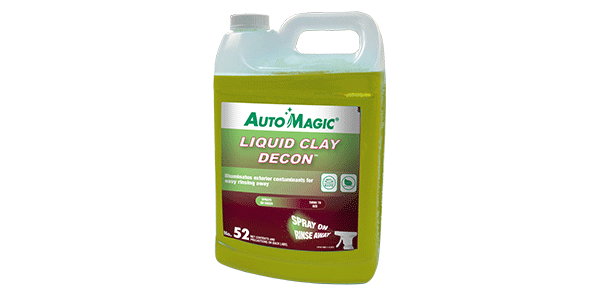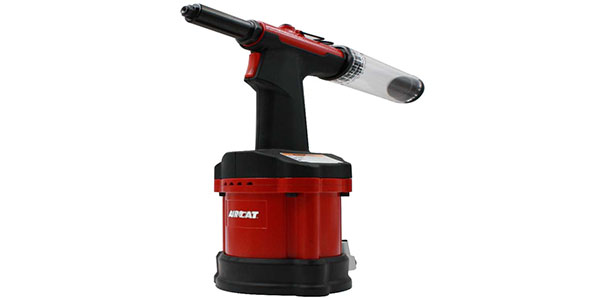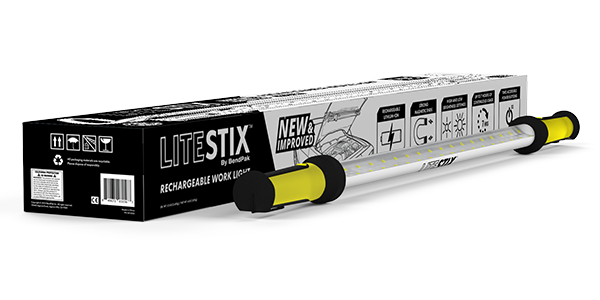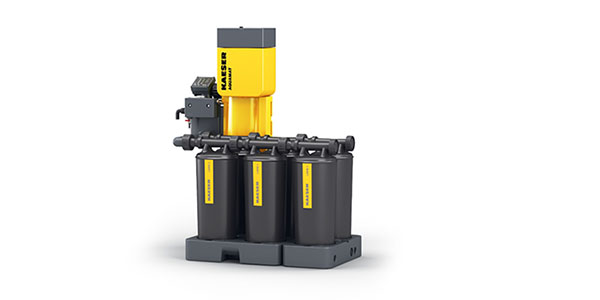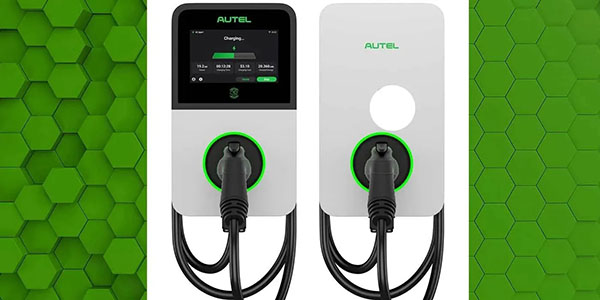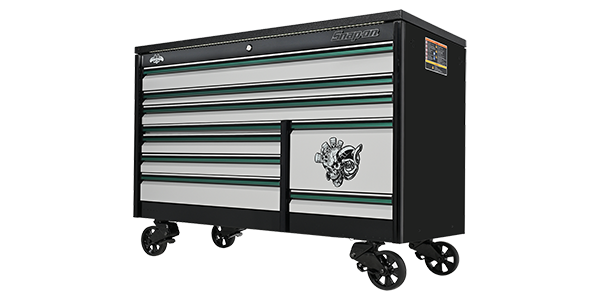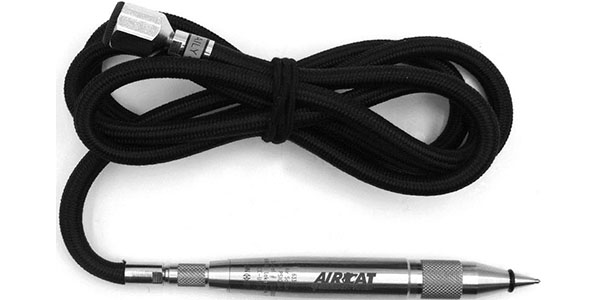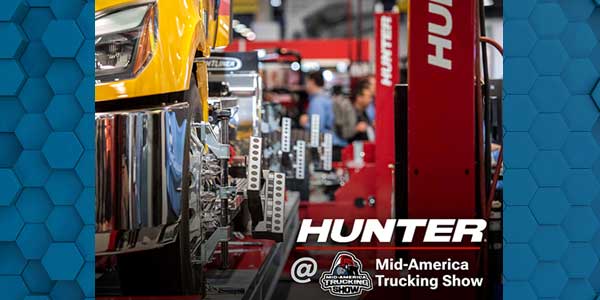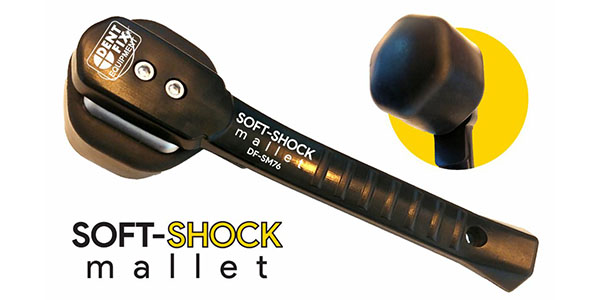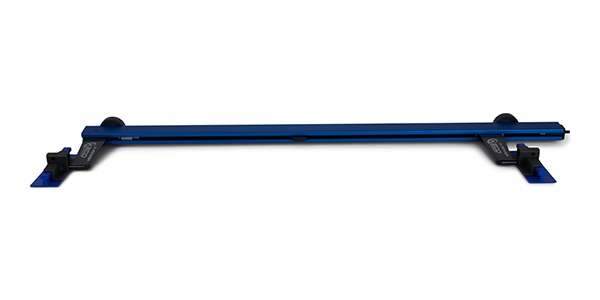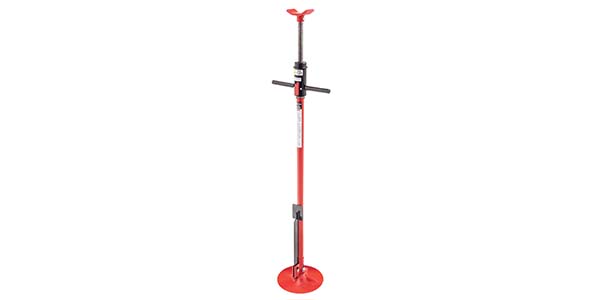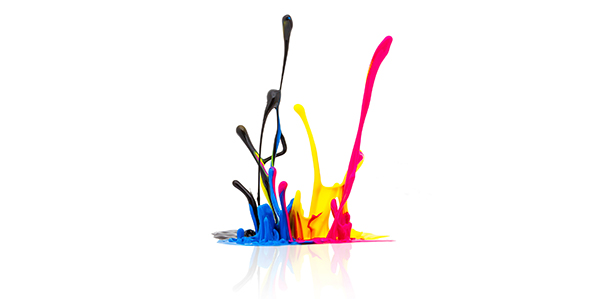
In my travels, I often observe what appears to be indiscriminate paint and material (P&M) management.
From the ordering of material, delivery and stocking of the cabinets, I’ve seen it all. I’ve seen all the extremes, from boxes dropped on the floor and not even checked prior to being signed for to every item on the invoice being verified and then meticulously stocked in a cabinet. The same goes for pulling and using stock; I’ve seen everything from free-for-all material usage to strict and onerous teeth-pulling-style material disbursement.
Let’s briefly examine how different paint and material management systems may affect our desired result: profitability. We won’t dive too deep into the waters of P&M profitability, but we will at least skip a stone over the surface, and then we’ll consider the physical management of it.
Paying for Paint and Materials
It’s no revelation that the paint labor hours directly affect the P&M reimbursement dollars on every estimate. When you think about that formula, one must wonder how we got here.
Decades ago, mixed colors and materials were ordered up per job, the invoice from that purchase was submitted to the insurance company and the shop got reimbursed. We still see that occasionally where a shop will order a Fac-Pac of color and submit the invoice. Somewhere along the line, we realized we could mix the color in-house more economically than the jobber mixing it and increase our P&M profitability.
The problem in the early days was there was no invoicing system, and the odd reimbursement system that’s with us today gained ground. Imagine if body parts were on a similar reimbursement schedule – no submitting a parts invoice, just a predetermined rate paid based on the body labor hours. Pretty silly, yeah?
To further complicate the visibility of the paint and material costs, everything ordered and fulfilled from the jobber is often mistakenly considered P&M. We all order more than P&M, for instance, specialty drill bits for boron steel, booth filters, shop supplies, janitorial needs, safety equipment, caulks and sealers, etc. Unless the items are separated out, either by invoice from the jobber or in-house by the accountant, the cost is skewed and I doubt you’ll ever show a profit on P&M.
That’s number one: separating the purchases into correct buckets. Number two is twofold: charge for every single operation – and I mean all of them, including “R&I antenna mast” to avoid poking a hole in the car bag and ruining the integrity of the mask-up, causing overspray on the vehicle. That is worth .1 in the refinish column.
Also, “remove label and adhesive from new parts” to ensure that the surface is free from foreign material prior to prepping for paint. That’s also good for .1 on the estimate. All those .1s add up for both material and labor. Of course, with this tactic you’ll have to hear how you’re the only shop in town asking for that or, simply, “We don’t pay for that.” But ask anyway!
Also, do serious estimate-writing training. Most national jobbers and certainly the major paint manufacturers all have estimate resources. Participate in Mike Anderson’s “Who Pays for What?” surveys. The results from these surveys are broken down by region and insurance carrier and can be invaluable for educating an estimator. Don’t tell me you don’t have time for the survey; you have all the time that’s available, and this is important.
The other way to facilitate profitable reimbursement is a return to the days of submitting invoices (you’ll still need to separate purchases into the correct buckets). Mix all liquids across the scale to an RO, recording it for invoicing purposes. Use one of the aftermarket vendor programs on the body side of the shop for caulks, clips and chemicals. Remember, if it leaves the shop on the vehicle, charge for it. One way or another, charge for it.
Paint and Material Ordering
Who orders and what do they order? Does everybody have their own preferred make and grit of sandpaper and seam sealer, and we then purchase and stock it? Are we grossly overstocked to accommodate every tech’s whim? Is there any consistency of material usage throughout the shop? Does every person and painter’s helper have their own fully stocked cabinet? If so, this can easily result in three times or more the inventory of material needed for any month.
How often are materials ordered? It has been my experience that ordering once a week is plenty and more efficient for both the shop and jobber, as opposed to every other day. Generally, every time a salesman or a delivery driver shows up, there is a lull in productivity as the visiting starts. Additionally, every delivery requires labor to properly check in and put away the products, and every invoice requires more administrative attention and time. Frankly, there’s a cost the shop absorbs with every delivery, so minimize that with fewer deliveries. If the paint shop uses two-and-a-half gallons of clear a week, order three on Monday – there’s absolutely no need to order the product a gallon at a time in an effort to “save money.”
Another common scenario that adds to the too-frequent-deliveries is inconsistent inventory levels. If there’s too much or too little, the problem can be solved with a minimum-maximum system, but I’m getting ahead of myself.
Back to who orders what – an approved, standardized material ordering list helps prevent bloated and obsolete inventories. Who decides on the list? Well, it’s good to build it together with the crew as this helps ensure buy-in. Whether the economy brand is used with full knowledge that it increases usage, or the premium brand with higher but longer-lasting price-per-piece cost, it’s best to build this order list with key/core employees. Additionally, some OEM repair procedures will dictate brand-specific products that will make the list.
After the approved list has been generated – and naturally, it can evolve as circumstances dictate – an inventory level based on purchase history can be established. This helps us create a minimum level that triggers an order, up to the maximum level we bring the stock level to. Again, this isn’t cut in stone and can evolve when necessary. Moreover, if we correlate the levels to gross sales, we can adjust inventory for anticipated spikes in sales…you know, when we’re slammed. That takes care of our main, centralized material cabinet. Depending on the shop size, you may need more than one, but not one for every bodyman and helper.
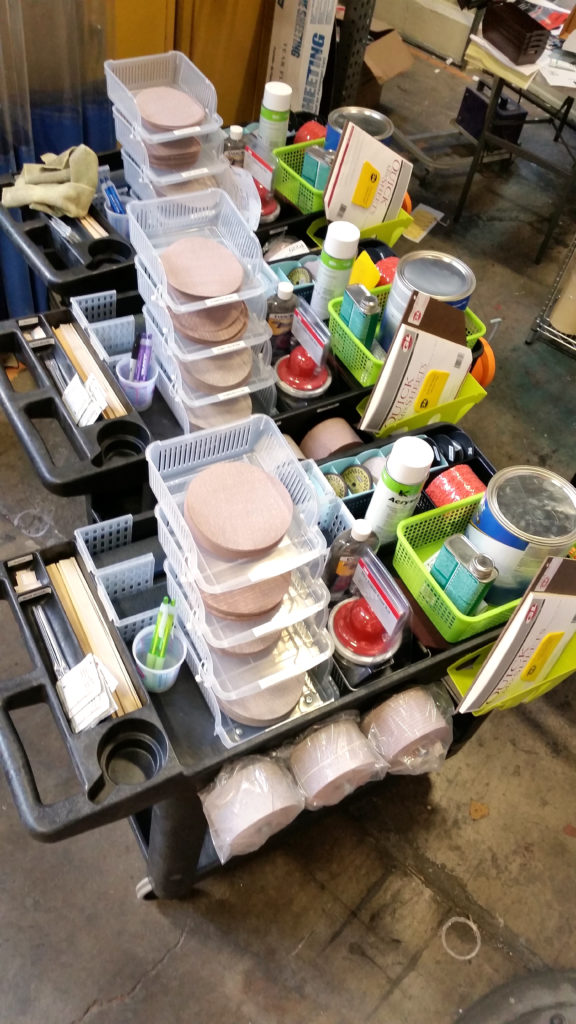
A point-of-use (POU) cart is helpful to everybody. There are two systems for stocking the cart, the first being the tech grabbing what he wants from the main cabinet. This system, however, doesn’t really manage the material as well as it could and fails to document usage trends between the techs. The other system I’ve seen has someone – a production manager, parts department personnel or even a floor-sweep – physically stock the POU carts daily as they run on their own min-max system. The point of all this is to prevent waste as well as redundant over-stocks and, of course, to keep from running out of something.
Stocking the Product
I can’t even begin to count the times I’ve seen a box of material that was simply dropped in the shop by the jobber and was still taped shut on the floor. It hasn’t been accounted for, and yet the bill to be paid is based on the invoice, not necessarily the contents of the box. Imperfect humans pulled and boxed the order, therefore we must check it for accuracy. Also, it can’t be rotated into inventory while still in the box. Keep in mind that not everything has a shelf life, but plenty does, and so it’s a good habit to rotate inventory on the simple FIFO (first-in, first-out) system.
Inventory management is a key job of the jobber, although I would hesitate to simply allow a salesman to “stock” the shop according to his discretion. Years ago, I painted in a large shop that had, in my opinion, bloated levels of dry goods products. I started putting dates on the products – month and year – just to see how often the inventory turned. Six years later, I returned for a visit, and some of that product was still dated and on the shelf. That is not proper inventory management.
Centralized Material Cabinet
This is really the heart of the material management system. As mentioned previously, it only contains pre-approved products. They’re organized and labeled, preferably with a min-max system. The quantities can be distilled from purchase history, either from the jobber or by gathering the data from the invoices themselves. It’s not a bad idea to look at a year’s worth, broken down by month, or quarterly at the least. This helps to spot highs and lows, which may be seasonal, and adjust levels accordingly.
Most shops I encounter do not do monthly inventories, so any WIP product (product that has been used on a vehicle but the vehicle hasn’t left and the RO is still open) doesn’t pose a challenge, and the balancing of what has been purchased, used and carried over from last month is a non-issue. However, bringing the centralized material cabinet back to full each month is helpful, especially to shops that do monthly inventory. This basically creates a static inventory with which to start and stop each month. It’s not a bad idea for any shop to adopt this model, as it helps illustrate how much was actually consumed in a given month. With that accurate information, one can assess their P&M profitability easier.
Point-of-Use Carts
If the centralized material cabinet is the heart of the inventory management system, then the POU cart is the aorta – the vessel by which goods are distributed in the shop.
The centralized material cabinet controls what comes into the shop, and the POU cart reveals where and how it’s used. If body man X uses twice the material as his co-worker, yet has roughly twice the production, then we can easily justify the usage. And, more importantly, we’re aware of it. If the usage is up and the production doesn’t support it, then we need to take a closer look because it could be a training or education issue. We hope it’s not theft or gross waste, but it deserves to be scrutinized.
Inventory Management Software
Not all jobbers have an electronic system for inventory management, but the national jobbers do, and I suspect some regional multi-store jobbers do as well. There are also third-party software options, but the only one I’m aware of that’s collision industry-specific is Nuventory. Regardless of the make and model, these systems can generally get as far into the weeds as you care to go – even as far as creating a budget, broken down by components, which flags out when an established threshold of any of the components is being approached and directs you to take a closer look.
Summary
Get the habit started, and fine-tune it as you go. Avoid paralysis by analysis and dive in and start managing your material. As Theodore Roosevelt once said, “…. the best thing you can do is the right thing, the next best thing is the wrong thing, and the worst thing you can do is nothing.”

